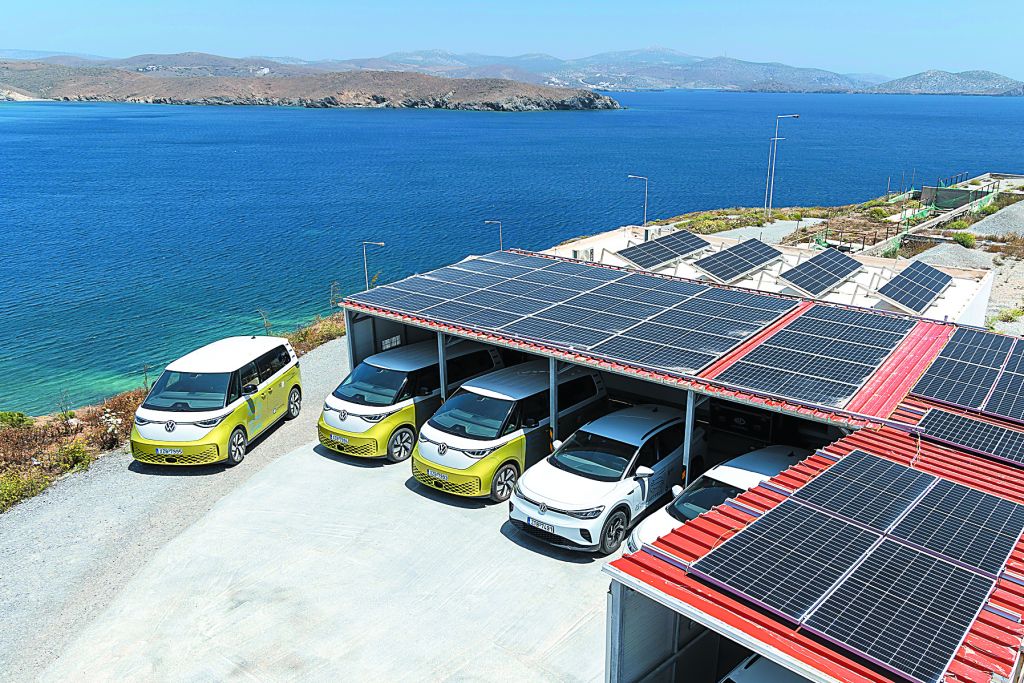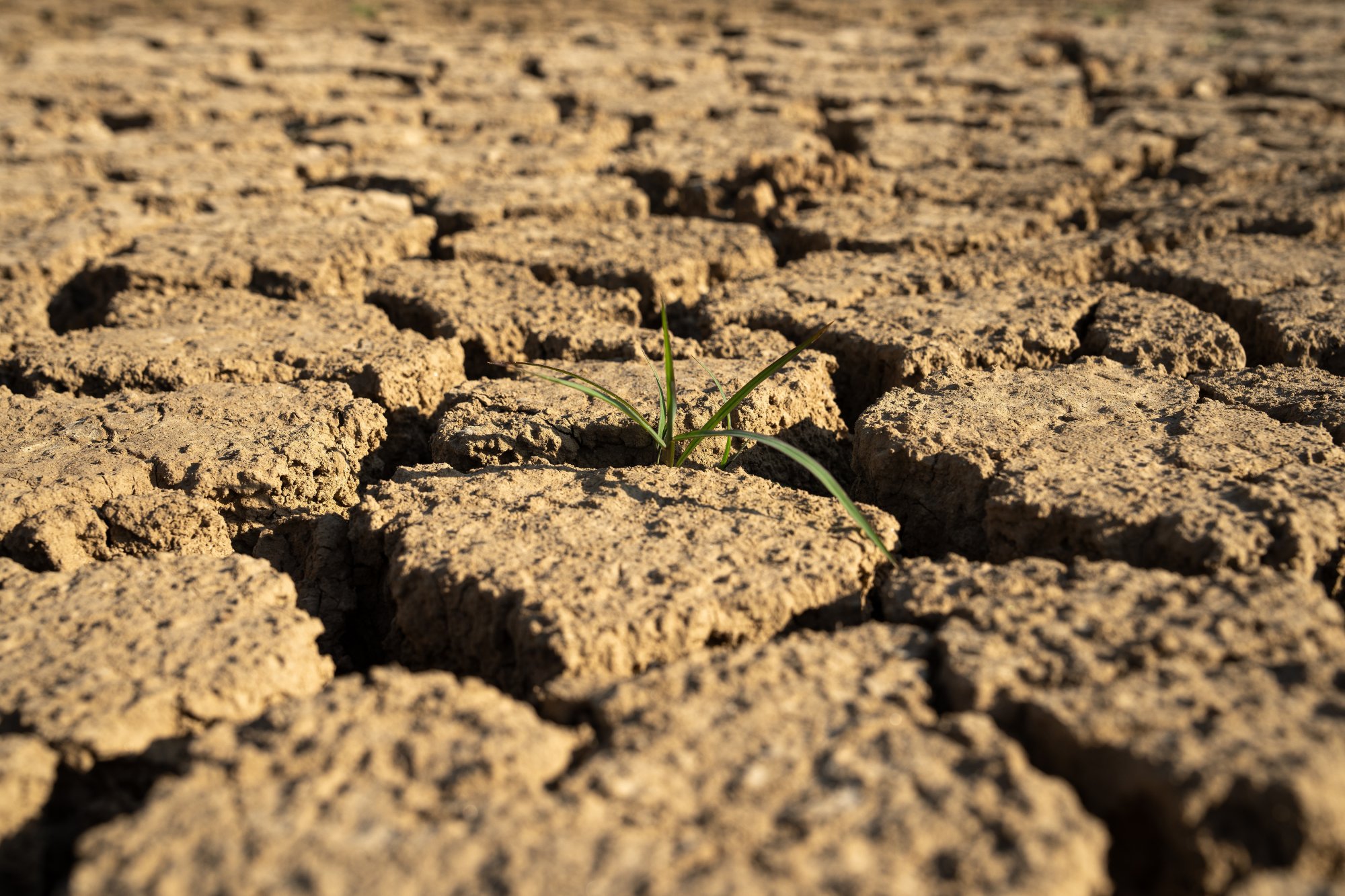According to a report by the Hellenic Centre for Biodiversity and Wetlands Sparse rainfall and rising temperatures, coupled with intensified irrigation practices, are the primary factors driving the declining water levels in four Greek natural lakes in Central Macedonia—Voulkaria, Koronia (Koroneia), Doirani, and Pikrolimni—over the past decade.
The findings of the Hellenic Centre for Biodiversity and Wetlands, which has been overseeing the National Water Monitoring Network since 2012, under the General Directorate of Water of the Ministry of Environment and Energy indicate that the lake region in Central Macedonia is experiencing climatic conditions that have been described by global and regional climate models for the Mediterranean area.
Since early 2024, average maximum monthly temperatures have reached the upper limits of the 2013-2023 period, while annual rainfall for 2023 and 2024 remains notably low.
Climate change is exerting hydrological pressure on the lakes and intensifying the need to reduce water withdrawals from their catchment areas.
The report attributes the lake’s declining water levels not only to reduced precipitation but also to increased temperatures, which exacerbate water loss through evaporation and heightened irrigation demands.
Although direct water withdrawals from the lakes, with the exception of Voulkaria, are not made for irrigation purposes, the use of groundwater from aquifers connected to the lakes leads to a reduction in the water levels of both the lakes and the aquifers, the report stresses.
Current Trends in Lake Water Levels
By August 2024, all four lakes had consistently recorded water levels at the lower end of their range for the 2013-2024 period, though not as low as the historic minimums seen in 2013 and early 2014.
Between 2014 and 2015, water levels in the lakes rose sharply, by as much as 2 to 2.5 meters in some cases, driven by frequent rainfall.
However, since 2016, the lakes have experienced a downward trend, with Voulkaria hitting its lowest point in 12 years in 2019.
From 2020 to August 2024, the average water levels in Voulkaria and Koronia have stabilized, generally following annual rainfall patterns.
In contrast, Pikrolimni has continued to decline since 2020, leading to frequent episodes of drying up, including this summer.




